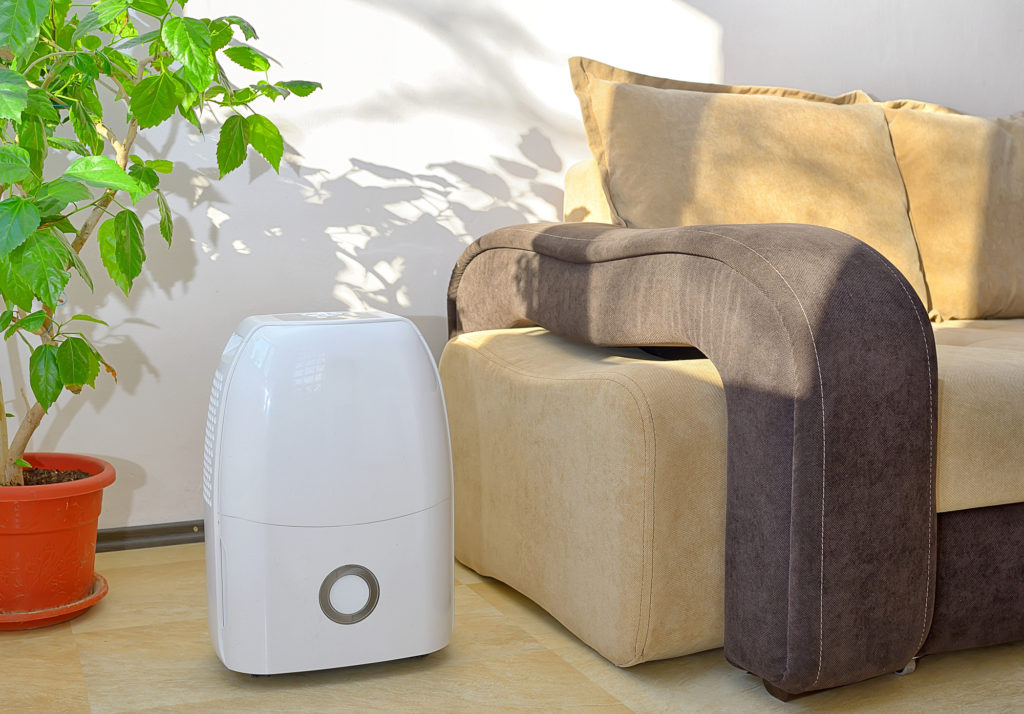If you can just feel the dust and particles enter your lungs when you breath in your house, this article will show you how to improve indoor air quality.
These days, it’s not at all uncommon for people to worry about the quality of the air outdoors. But, what about the quality of the air inside your home?
Many people don’t realize that the air in their homes is quite toxic. If you’re part of this group, keep reading.
Explained below are some tips that will help you figure out how to improve indoor air quality to keep yourself and your family happy and healthy.
Why Does Indoor Air Quality Matter?
Research shows that the air inside your home can be anywhere from two to five times more contaminated than the air outside.
If that’s not motivation enough for you to want to clean up the air in your home, perhaps the fact that you spend at least 90 percent of your time indoors might do the trick.
Outdoor air quality matters, yes. But, the air in your home is the air you’re breathing most often. If it’s not clean, you put yourself at risk for all kinds of health conditions, including respiratory illness and chronic headaches.
How to Improve Indoor Air Quality
If you’re feeling motivated to start boosting the air quality in your home, start by implementing these tips.
Vacuum Regularly
How often do you vacuum your home? And, when you do vacuum, how thorough are you?
Regular and thorough vacuuming helps get rid of dust, dirt, pet hair, dander, and other potential irritants that can negatively affect the air quality in your home.
For best results, use a vacuum that contains a HEPA air filter. This is the gold standard for air filters. It will trap dust and dirt particles better than other filters, and it can also reduce the concentration of dangerous toxins like lead.
Mop Your Floors
Once you’ve vacuumed thoroughly, be sure to take the time to mop your wood and tile floors, too.
Mopping helps get rid of any leftover dust and dirt that might be circulating in the corners of your home.
If you hate filling up a bucket and wringing out your mop, try using a microfiber or dust mop instead.
These can pick up just as much, if not more, dirt than other mops, and they don’t require you to use any water or cleaning solutions.
Buy a Doormat
Have you ever thought about how much dirt gets tracked into your house on the bottoms of people’s shoes?
If you haven’t thought about it before, you’re probably thinking about it now. And, depending on the type of people who are typically traipsing in and out of your home, you’re probably not feeling very happy. You may even want to place a blanket ban on all future house guests.
Instead of becoming a hermit, consider investing in a doormat for every door that leads outside. This can help significantly reduce the amount of dirt that is tracked into your home. Your air will be cleaner, and your floors will be, too.
Use a Dehumidifier
A moist, humid environment is a breeding ground for dust mites. Be sure to keep the humidity in your home between 30 and 50 percent.
This helps keep dust mites and other allergens from getting out of hand. You may need to invest in a dehumidifier to minimize indoor moisture.
Clean Your AC Filter
During the summer months, be sure to keep the filter in your air conditioner as clean as possible and replace it when necessary.
If you’re using your air conditioner every day, you’ll probably need to change the filter once per month.
If your filter is not clean, you’ll just end up inhaling all the dust and dirt that gets blown out into your home every time the air conditioner turns on. Doesn’t that make you want to cough just thinking about it?
Get Your Air Ducts Cleaned
It’s also worth it to invest in a professional air duct cleaning. Even if your filter’s clean, there could still be dirt, dust, mold, and other allergens collecting in the ducts of your home.
Having your ducts cleaned once every three to five years can help keep the air in your home clean and ensure everyone can breathe easily.
Get Rid of Toxic Fragrances
You know those air fresheners you love so much? The ones that smell like apple pies and pumpkin spice and fresh-driven snow?
They might smell delicious, but they’re not very good for your lungs.
These air fresheners are typically made with toxic ingredients that are hard on your lungs and can contaminate the air in your home. Consider swapping them out for natural fragrances like essential oils.
In addition to getting rid of toxic air fresheners, it’s also important to get rid of other products that contain unnatural, potentially irritating fragrances.
Swap out your cleaning supplies for natural alternatives. You may also want to consider getting rid of your perfumes and switching to unscented body lotions.
Don’t Neglect the Laundry
Clean clothes and sheets aren’t just necessary for maintaining good hygiene. They’re also important for keeping the air in your home as clean as possible.
Dust mites often linger in fabric found in your home — bedding, sheets, clothing, etc. Be sure to wash these items regularly with a low allergenic, naturally scented laundry soap.
You may also want to keep your pets off of your bed and sofas. This minimizes the buildup of dirt, hair, and other potential allergens.
Use a Salt Lamp
If you want to try a natural air purifier, consider investing in a Himalayan salt lamp.
These lamps, which are made by inserting a lightbulb into a chunk of pink Himalayan sea salt, are all the rage these days.
Salt lamps draw in water from the air, along with any potential irritants that are attached to the water molecules. The water eventually evaporates off the warm lamp and leaves the irritants behind, trapped in the salt so they can’t interfere with your respiratory health.
Invest in Purifying Plants
Finally, consider investing in some plants that are known for their air purifying properties.
Some good plants to add to your home include:
- Bamboo palm
- English ivy
- Chinese evergreen
- Gerbera daisy
- Dragon tree
- Peace lily
- Mass cane
These plants help remove toxins from the air. They also provide extra oxygen and are an attractive addition to every room in the house.
Looking for More Home Maintenance Tips?
You now know a lot more about how to improve indoor air quality and keep your home as clean as possible. But, there’s more to home maintenance than just clean air.
Are you in need of additional home maintenance advice? If so, be sure to check out some of the other articles in the tips section of our site today.
This article on cleaning tips for the bedroom is a great place to start!










